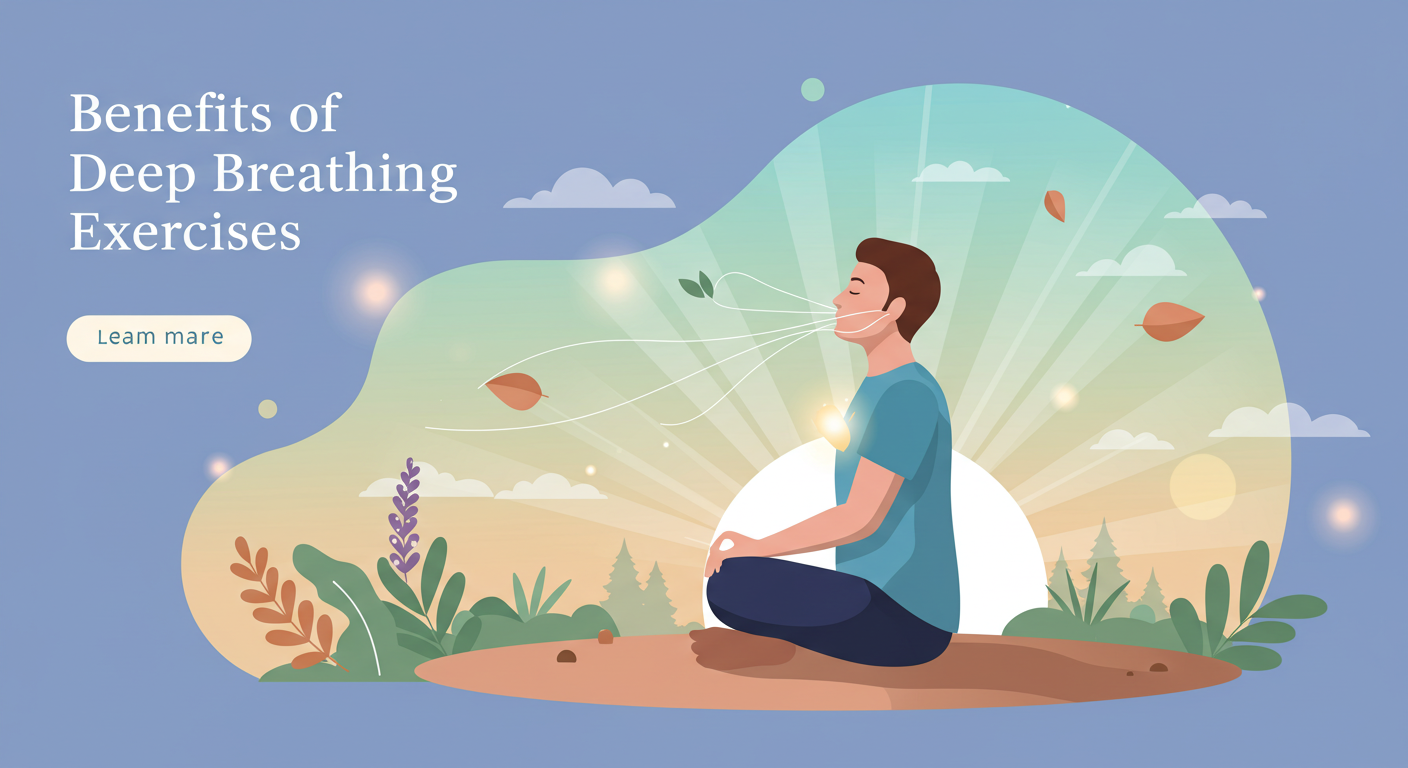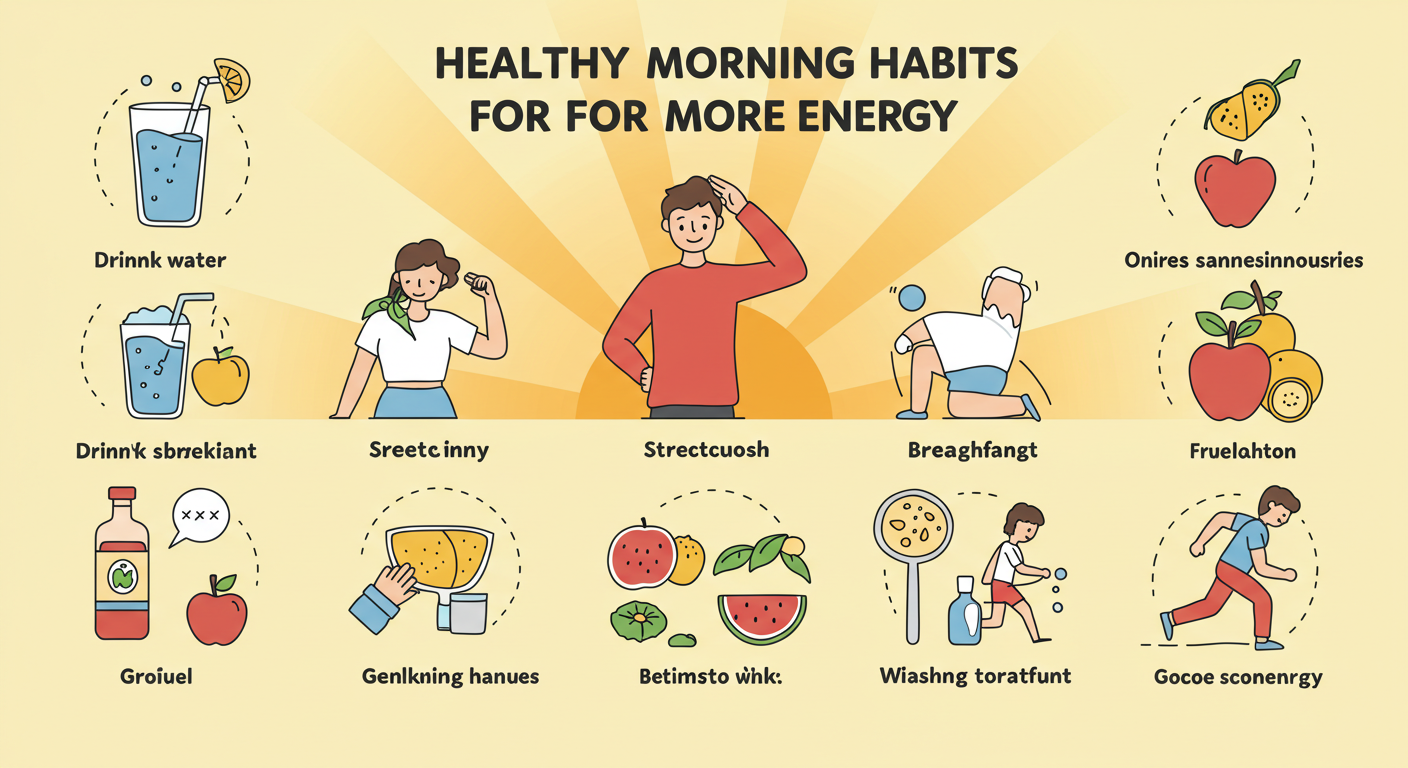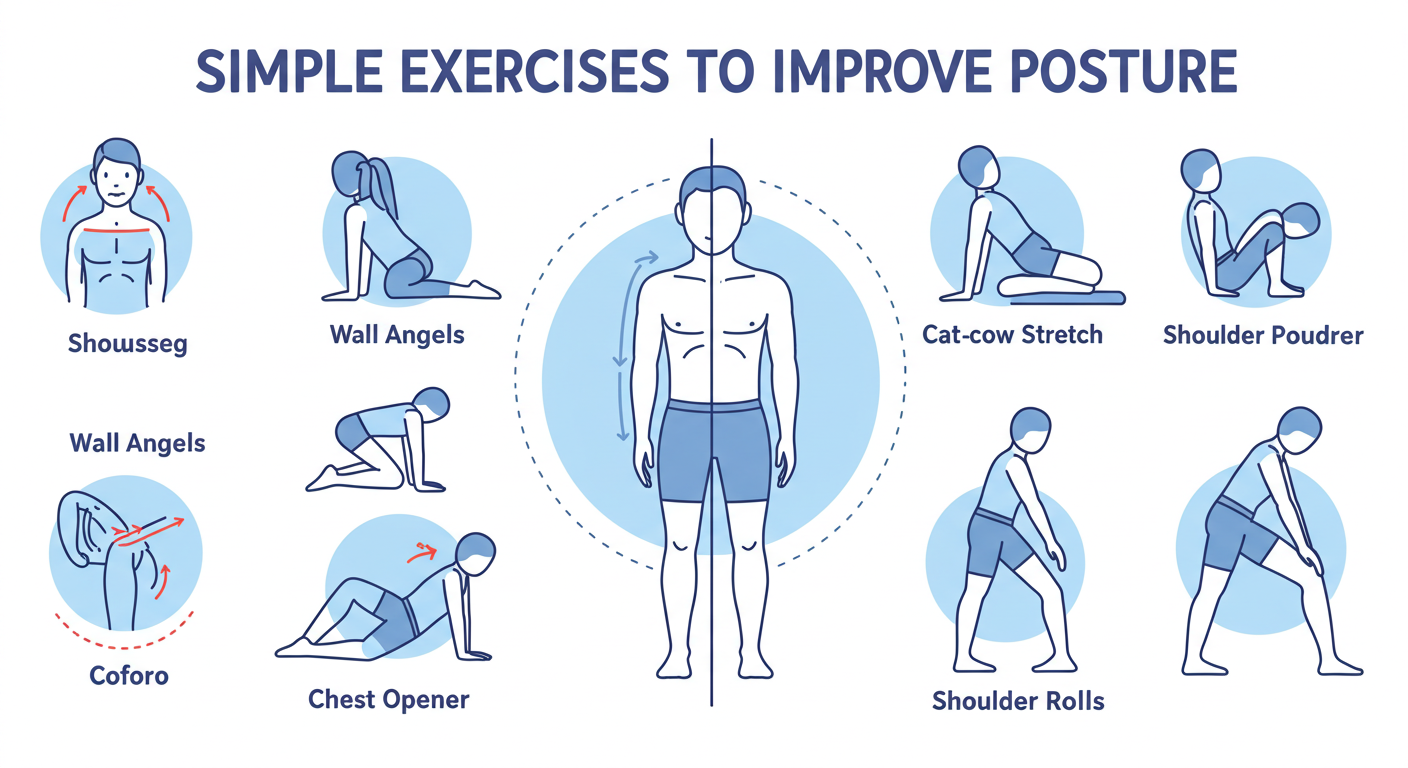Elevate Your Day with Deep Breaths
I’ve been exploring deep breathing with Theodora Blanchfield, an Associate Marriage and Family Therapist (AMFT) who’s a mental health writer using her experiences to help others, and since she holds a master’s degree in clinical psychology from Antioch University and is a board member of Still Run, a non-profit for runners raising awareness, I trust her insights—Theodora has published on sites including Women’s Health, Bustle, Healthline, and more, and been quoted in sites including New York Times, Shape, and Marie Claire. Learn about our editorial process, Updated on July 08, 2025, and Reviewed by Rachel Goldman, PhD, FTOS, and I feel lighter after a good Take, let out—If you’re feeling a little lighter, not imagining it, as Mental professionals and yogis alike recommend it for amazing ways to benefit your health, not just respiratory system. We take more than eight million breaths per year, so why is it so hard to get a one? And just what is a breath? Below, I learn about why I should try deep breathing and how to do it effectively with Verywell by Theresa Chiechi.
You breaths every moment of the day, but I may know there are different types—In fact, four The four types are Eupnea, where Eupnea is probably the type I’m doing right now as I am reading, This occurs when I am not thinking about breathing, Also known as quiet, both diaphragm and external intercostal muscles must contract. Diaphragmatic respiration requires the muscle to contracts, and passively leaves lungs, while Costal is also shallow and uses intercostal muscles, the muscles between my ribs, As these relax, the air leaves, and if I’m stressed, I might be doing this or even unconsciously holding my breath. Hyperpnea is forced, and hyperpnea occurs when contractions cause inhalation and exhalation to be active rather than passive. Every type serves its purposes, but various reasons make deep breathing a heavy hitter for boosting my health—What Can Help with Anxiety, Depression, Managing stress, Improving focus, Better sleep, and Faster recovery from exercise or exertion.

Why Helps? I wonder why breathing can be powerful—Slow activates the parasympathetic nervous system (PNS), called the rest and digest, with Its job to conserve energy for bodily processes such as digestion and urination, and it also vagus nerve, which is like the boss of the PNS, influencing mood, heart rate, and will send oxygen to my brain and other organs. I minute check in with myself before I start to see how I feel, then compare it afterward—If I find myself lightheaded after, I want to stop, as the feeling should pass quickly, but If I continue, I call my doctor, and Also, if I’m dealing with anxiety, it sometimes can make it worse.
Understanding Belly Breathing
I’ve always found something calming about taking a deep breath, especially when life feels overwhelming. Belly breathing, also known as diaphragmatic breathing or abdominal breathing, is a technique that taps into the diaphragm, a dome-shaped muscle at the base of your lungs. This efficient muscle is your body’s powerhouse for breathing, working with your abdominal muscles to move air in and out with more power and less effort. By consciously using this muscle to breathe, you can strengthen it, increase lung efficiency, and use your lungs to their full capacity. Unlike shallow breaths that barely fill your chest, deep breaths let your stomach rise and fall naturally, helping your body empty your lungs fully and slowing your breathing rate. I’ve noticed how this simple act can feel like a reset button for my mind and body.
For some, conditions like chronic obstructive pulmonary disease (COPD), asthma, or anxiety can make breathing harder. These conditions may leave the diaphragm weakened or flattened, as trapped air in the lungs pushes it down, forcing your neck and chest muscles to take on an increased share of the work of breathing. This can make the process feel less efficiently done. I’ve worked with people who struggle with COPD or stress, and they’ve shared how diaphragmatic breathing helps treat these symptoms by reducing the oxygen demand and making it easier to release gas waste from the lungs. It’s not a cure, but as a healthcare provider might suggest, combining this technique with other treatments can really help improve how you breathe and feel.
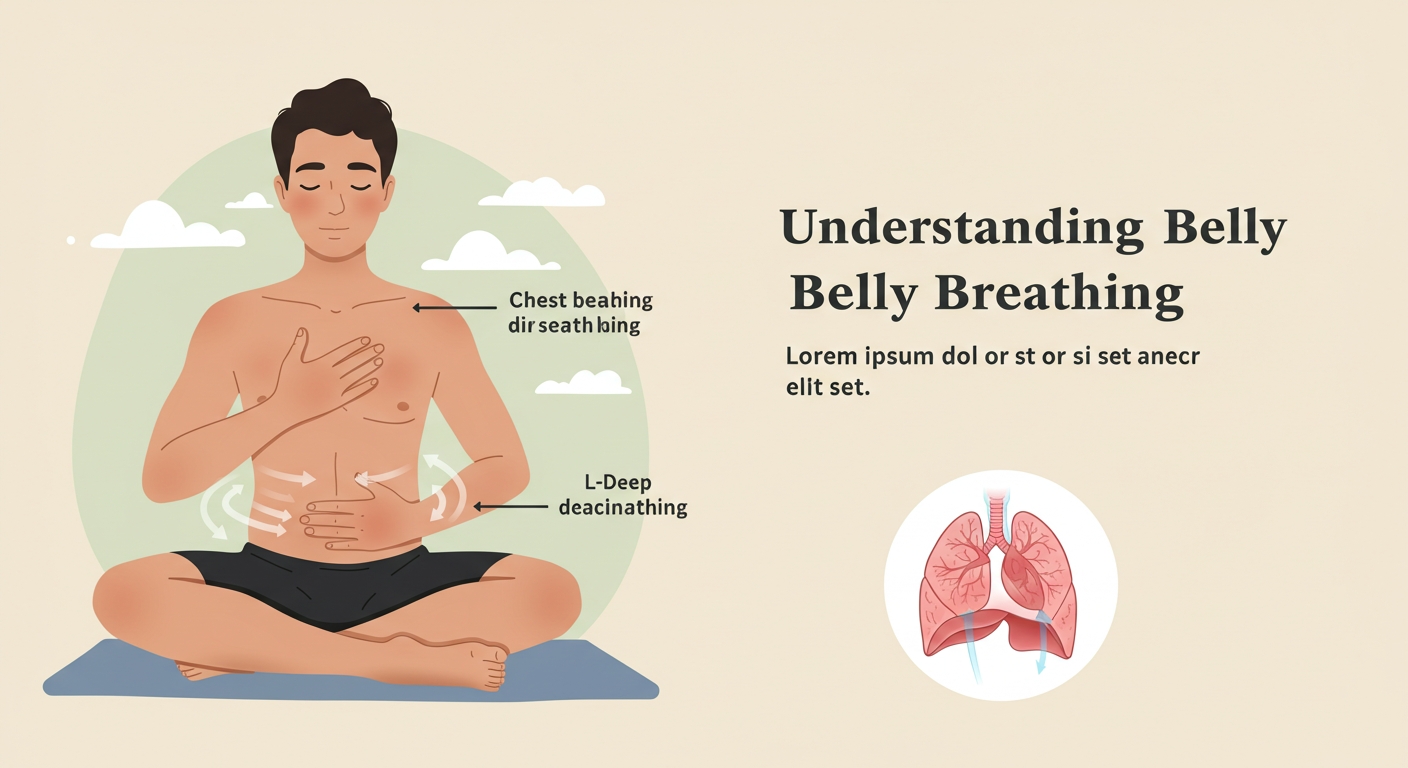
Learning this skill isn’t always easy at first—it can feel difficult and even make you tired. But with continued practice, it becomes automatic. Start by lying on your back on a flat surface, like a bed, with your knees bent and head supported by a pillow. Place one hand on your upper chest and the other below your rib cage to feel your diaphragm move. Breathe slowly through your nose, letting your stomach move out while keeping your chest still. As you exhale through pursed lips, tighten your stomach muscles so your abdomen moves in. I’ve found that practicing this for five to 10 minutes, three to four times per day, helps it become second nature. You can even try it while sitting in a chair, keeping your shoulders, head, and neck relaxed, and following the same steps.
The benefits of this exercise are hard to overstate. By helping you relax and reducing blood pressure and heart rate, it supports your overall health. It also improves muscle function during exercises, preventing strain and increasing oxygen in your blood. I’ve seen how just a few minutes a day of this practice can ease stress and make breathing feel lighter and easier. If you want to take it up a notch, place a book on your abdomen to add a bit of resistance as you gradually increase the time and effort. For anyone with a condition like COPD, asthma, or anxiety, check with your provider to ensure this technique is right for you—it’s been a game-changer for me and many others.
Unlocking Calm with Deep Breathing
I’ve always been amazed at how something as simple as breathing can transform how I feel. Deep breathing, which is involuntary yet controllable, lets you control your breaths with just a bit of effort. By taking slow, deep breaths, you can trigger positive responses in your body, like reducing stress and anxiety or even easing pain. I’ve found that 4-7-8 breathing, one of the many techniques out there, works wonders. You inhale through your nose for four counts, hold your breath for seven counts, then exhale slowly through your mouth for eight counts. This healthy practice helps send more oxygen to your body’s organs, affecting your nervous system to promote a sense of calm and stabilize or lower blood pressure.
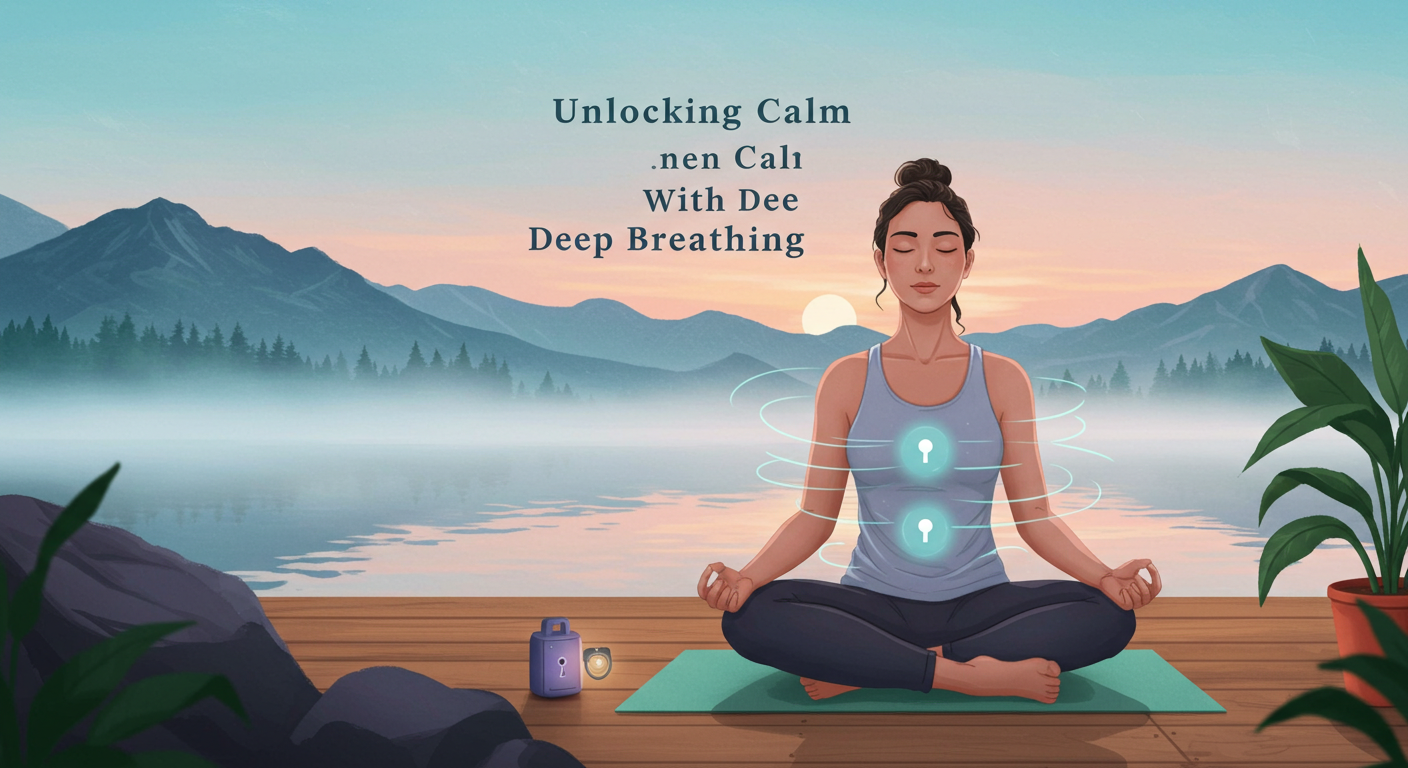
Making deep breathing exercises part of your routine can truly prompt healthful changes. I started with just a few minutes a day, guided by habit coach videos, and it’s become a habit that reduces feelings of depression and keeps me grounded. The benefits are real—your body feels lighter, your mind clearer. Whether you’re dealing with daily stress or just want to feel more positive, these exercises offer a simple way to tap into your body’s natural ability to manage tension and boost healthy responses. It’s like giving yourself a mini-reset whenever you need it.
Easing Stress with Your Breath
I’ve learned through years of practice that breathing is more than just an automatic function—it’s a tool to manage stress. When I’m stressed, my breathing rate and pattern changes, often turning into shallow, upper chest breathing that’s typical of the fight-or-flight response. This can make anxiety feel worse, as small, shallow breaths from my shoulders disrupt the balance of gases in my body, prolonging physical symptoms of stress. But by consciously controlling my breath, using the diaphragm—that sheet of muscle underneath my lungs—I can deliberately shift to abdominal breathing. This style helps absorb oxygen, expel carbon dioxide, and calm the nervous system, which controls the body’s involuntary functions. Scientific studies have shown that this controlled breathing can improve stress-related conditions, like anxiety, by reducing stress hormones and lactic acid build-up in muscle tissue.

To practice, I find a quiet environment, sit comfortably, and place one hand on my chest and another on my abdomen. I breathe slowly through my nose, letting my abdomen move while keeping my upper chest still, allowing the diaphragm to work efficiently. For 10 to 20 minutes, I concentrate on each gentle breath, feeling tension slip away as I exhale. This technique, inspired by practices like yoga, tai chi, and meditation, encourages physical relaxation and promotes wellbeing. It lowers blood pressure and heart rate, increases energy, and balances oxygen and carbon dioxide levels in my blood, even improving my immune system functioning. If concentrating on breath provokes panic or hyperventilation, I look for another way to relax, and I always suggest checking with a doctor or stress management specialist, like a psychologist, for guidance. Just a few minutes daily can bring a range of health benefits, making it a habit worth building.






